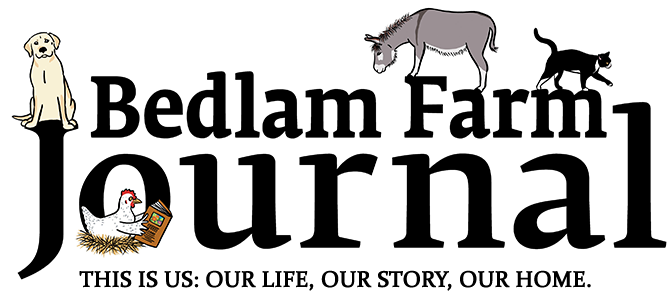Saturday, we’re going to hear a speaker from the Adirondack Worm Farm talk about using Red Wiggler Composting worms inside of an odorless organic waste container to remove all food scraps from the garbage in the house or grounds and use it to make some of the best garden fertilizer available.
This involves building or buying (with Maria, it’s building) an enclosed compost area inside in which worms consume food scraps, digest them, and produce worm compost, which the vermicomposter (that’s us) can use for ourselves to improve the health of the soil and gardens and help our struggling planet (we have seven gardens now, including my raised garden beds.)
We now have an outside compost container, but without the worms, it has not produced organic waste as a valuable fertilizer. It’s just more garbage for the mice, rabbits, and chipmunks outside to nibble on. It’s better for the environment than sending it to a dump, but this goes further.
Now, we have to go outside in all kinds of weather to dump what we used to call “garbage” and now call “compost.” Maria was reading about the speaker from the word farm online (I love the name). She said she thought I would laugh about it and was surprised when I loved the idea. We’re going early Saturday morning.
When it’s decomposed, it goes outside and to the gardens. Like our new compost toilet, it is odorless and needs no electricity or water—just wiggler worms.
We are impressed with our new compost odorless and waterless toilet; we use it daily and find it practical, clean, odorless, and easy to use. I like it better than the traditional toilet in the downstairs bathroom. And I will never have to run downstairs in an emergency at night. This waste can also be turned into fertilizer.
I love the idea of having a small waste container in or near the kitchen to toss our garbage and let the worms turn it into fertilizer. And we won’t have to go outside in the cold or snow.
They call the worm composting Vermiculture. I am into it, and so is Maria. I’m into helping the environment by considering how to contribute to the earth’s health. Stay tuned, more news on Saturday.


Their are a lot of videos on YouTube about worm composting. I’ve watched several as I’m interested in doing it as well.
I also have a compost pile that just sits there, not composting. Worms might be the solution to my problem. I’ll look forward to hearing what you learn at the talk on Saturday.
Please make sure these are native worms you are using. There are non-native invasives that
are a danger to our ecology.
Why is there a warning attached to everything we do on social media?
Red Wigglers are the best. I have been vermicomposting for years. I feed mine corn and oatmeal because I like a cleaner end product. (And also, our city in northern California composts all of our kitchen scraps, pizza boxes, napkins, etc. We put our food in our yard/green waste containers)I also use coconut coir as bedding for my plastic bins. I get a five-pound block and divide it between two bins. After the coir gets dark brown I pick out all the worms and cocoons/eggs I can find to add to my garden but I always miss some. It works for me very well. They happen to occupy my containers, as well. Good luck and happy gardening.